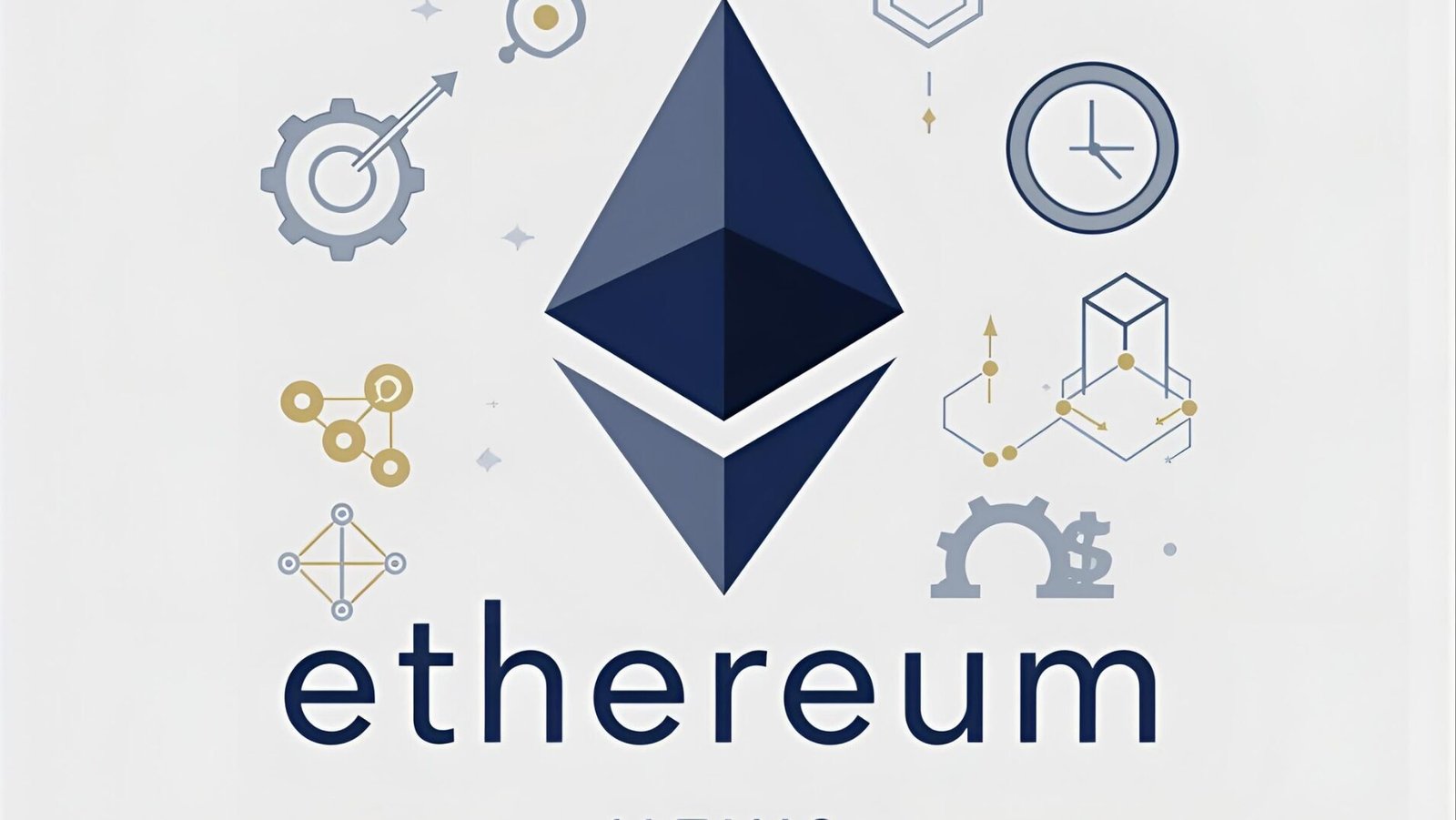Finding the best personal loan rates for bad credit can feel overwhelming, especially when traditional banks turn you away. If you’re struggling with a credit score below 670, you’re not alone – millions of Americans face similar challenges when seeking affordable financing. The good news is that numerous lenders now specialize in providing competitive personal loan options for borrowers with poor credit history.
In today’s lending landscape, having bad credit doesn’t automatically disqualify you from accessing reasonable loan rates. While you may not qualify for prime rates, many reputable lenders offer personal loans with manageable terms and transparent fee structures. This comprehensive guide will walk you through everything you need to know about securing the best personal loan rates for bad credit, including top lender recommendations, approval strategies, and essential tips to improve your chances of getting approved.
What Qualifies as Bad Credit for Personal Loans?
Before diving into loan options, it’s crucial to understand where your credit stands. Credit scores typically range from 300 to 850, with different categories determining your loan eligibility:
- Excellent Credit: 750-850
- Good Credit: 700-749
- Fair Credit: 650-699
- Poor Credit: 600-649
- Bad Credit: Below 600
Most lenders consider scores below 670 as subprime, which means you’ll likely face higher interest rates and stricter lending criteria. However, even borrowers with scores in the 500s can find lenders willing to work with them.
Top Lenders Offering the Best Personal Loan Rates for Bad Credit
Online Lenders
Avant Avant specializes in lending to borrowers with fair to poor credit, accepting scores as low as 580. Their rates range from 9.95% to 35.99% APR, with loan amounts from $2,000 to $35,000. The application process is streamlined, with potential funding as soon as the next business day.
OneMain Financial OneMain Financial has been serving borrowers with less-than-perfect credit for over a century. They offer secured and unsecured personal loans ranging from $1,500 to $20,000, with APRs between 18% and 35.99%. Their extensive branch network provides in-person service for borrowers who prefer face-to-face interactions.
LendingPoint LendingPoint accepts borrowers with credit scores as low as 600, offering loans from $2,000 to $36,500 with APRs ranging from 7.99% to 35.99%. They consider factors beyond just credit scores, including education and employment history, which can work in your favor.
OppLoans For borrowers with very poor credit (scores below 600), OppLoans provides installment loans from $500 to $4,000. While their rates are higher (ranging from 59% to 199% APR), they offer a more accessible option than payday loans and help borrowers build credit through timely payments.
Credit Unions
Navy Federal Credit Union If you’re eligible for membership, Navy Federal offers some of the most competitive rates for borrowers with bad credit, with APRs starting as low as 7.49%. They consider the full financial picture, not just credit scores.
PenFed Credit Union PenFed provides personal loans to members with various credit profiles, offering rates from 6.49% to 17.99% APR. Their debt consolidation loans can be particularly beneficial for borrowers looking to improve their credit situation.
How to Compare Personal Loan Offers Effectively

When searching for the best personal loan rates for bad credit, don’t focus solely on the interest rate. Consider these critical factors:
Annual Percentage Rate (APR)
The APR includes both the interest rate and additional fees, providing a more accurate picture of the loan’s true cost. Always compare APRs rather than just interest rates when evaluating offers.
Loan Terms and Monthly Payments
Longer loan terms result in lower monthly payments but higher total interest costs. Calculate the total amount you’ll pay over the loan’s lifetime to make an informed decision.
Fees and Penalties
Common fees include:
- Origination fees (0% to 8% of loan amount)
- Late payment fees ($15 to $50)
- Prepayment penalties (less common but still present with some lenders)
- Check processing fees
Funding Speed
If you need money urgently, consider lenders that offer same-day or next-day funding. However, don’t sacrifice significantly better terms for speed unless absolutely necessary.
Strategies to Improve Your Chances of Approval
Provide Complete and Accurate Information
Lenders verify all information provided in your application. Inconsistencies or missing details can lead to immediate rejection. Gather all necessary documents beforehand:
- Recent pay stubs or tax returns
- Bank statements
- Employment verification
- List of monthly expenses and debts
Consider a Co-signer
Adding a co-signer with good credit can dramatically improve your loan terms. The co-signer becomes equally responsible for the debt, so ensure they understand the commitment involved.
Apply for Pre-qualification
Many lenders offer pre-qualification with soft credit pulls that don’t impact your credit score. This allows you to compare offers without damaging your credit further.
Choose the Right Loan Amount
Don’t borrow more than you need, but also avoid requesting too little. Lenders prefer borrowers who request amounts that align with their income and debt-to-income ratio.
Alternative Options When Traditional Loans Aren’t Available
Secured Personal Loans
If unsecured loan options are limited, consider secured personal loans that require collateral such as:
- Savings account funds
- Certificate of deposit
- Vehicle title
- Other valuable assets
Secured loans typically offer lower interest rates because they pose less risk to lenders.
Peer-to-Peer Lending
Platforms like Prosper and LendingClub connect borrowers with individual investors. These platforms sometimes approve borrowers that traditional lenders reject, though rates can still be high for bad credit borrowers.
Credit Builder Programs
Some financial institutions offer credit builder loans designed specifically to help improve credit scores. While these don’t provide immediate access to cash, they can help establish a positive payment history.
Interest Rates and Terms for Bad Credit Loans
Why Bad Credit Loans Have Higher Rates
Lenders charge higher rates to borrowers with bad credit to compensate for increased default risk. Understanding this relationship helps set realistic expectations and motivates credit improvement efforts.
Fixed vs. Variable Rates
Most personal loans for bad credit come with fixed rates, meaning your payment stays the same throughout the loan term. This predictability helps with budgeting and financial planning.
Typical Rate Ranges
For bad credit personal loans, expect:
- Fair credit (650-699): 10% to 25% APR
- Poor credit (600-649): 15% to 30% APR
- Bad credit (below 600): 25% to 36% APR
Red Flags to Avoid When Shopping for Bad Credit Loans
Predatory Lending Practices
Watch out for:
- Excessive fees that seem unreasonable
- Pressure to sign documents immediately
- Guaranteed approval regardless of credit
- Requests for upfront payment or processing fees
- Unsolicited loan offers via phone or email
Payday Loan Traps
While payday loans might seem accessible, they typically carry APRs exceeding 400% and create cycles of debt. Personal installment loans, even for bad credit, offer much more reasonable terms.
Advance Fee Scams
Legitimate lenders never require upfront payments before approving loans. Any request for processing fees, insurance, or other charges before loan approval is a red flag.
Tips for Getting the Best Possible Rate
Improve Your Credit Before Applying
Even small improvements in your credit score can lead to significantly better rates:
- Pay down existing credit card balances
- Dispute any errors on your credit report
- Make all payments on time for at least 3-6 months
- Avoid applying for new credit cards or loans
Shop Around and Compare Multiple Offers
Different lenders have varying risk tolerances and lending criteria. What one lender rejects, another might approve with reasonable terms. Apply to multiple lenders within a 14-45 day window to minimize credit score impact.
Consider Debt Consolidation Loans
If you’re carrying high-interest credit card debt, a debt consolidation loan might offer better terms than a general personal loan, even with bad credit.
Negotiate with Lenders
Some lenders, particularly credit unions and community banks, may be willing to negotiate terms based on your banking relationship or other factors.
How Bad Credit Personal Loans Can Help Rebuild Your Credit

Payment History Impact
Personal loans can positively impact your credit score when you make payments on time. Payment history accounts for 35% of your credit score, making consistent payments crucial for improvement.
Credit Mix Benefits
Adding an installment loan to your credit mix (alongside credit cards) can improve your credit score by showing you can manage different types of credit responsibly.
Debt Consolidation Benefits
Using a personal loan to pay off high-interest credit cards can lower your credit utilization ratio, potentially boosting your credit score within a few months.
Common Mistakes to Avoid
Focusing Only on Monthly Payment
While affordable monthly payments are important, don’t ignore the total cost of the loan. A longer term with lower payments might cost significantly more in interest.
Not Reading the Fine Print
Understand all terms, fees, and conditions before signing. Pay particular attention to prepayment penalties and rate increase triggers.
Borrowing More Than Needed
Only borrow what you actually need and can afford to repay. Extra money might be tempting, but it comes with additional interest costs.
Ignoring Alternative Options
Consider all available options, including borrowing from family, selling assets, or finding additional income sources before taking on high-interest debt.
Long-term Strategies for Better Credit and Lower Rates
Create a Credit Improvement Plan
Develop a systematic approach to improving your credit:
- Monitor your credit reports regularly
- Set up automatic payments for all bills
- Keep credit card balances below 30% of limits
- Avoid closing old credit accounts
- Be patient – credit improvement takes time
Build an Emergency Fund
Having an emergency fund reduces your need for high-interest loans in the future. Start small, even $25 per month, and gradually increase your savings rate.
Consider Financial Counseling
Non-profit credit counseling agencies can help you develop a comprehensive financial plan and negotiate with creditors. Many services are free or low-cost.
Conclusion
Securing the best personal loan rates for bad credit requires patience, research, and strategic planning. While your options may be more limited than borrowers with excellent credit, numerous reputable lenders offer reasonable terms for those willing to shop around and compare offers carefully.
Remember that your current credit situation is temporary. By choosing the right loan and making consistent payments, you can improve your credit score and qualify for better rates in the future. Focus on lenders that report to credit bureaus, avoid predatory lending practices, and never borrow more than you can comfortably repay.
Start your search today by exploring pre-qualification offers from multiple lenders. With the right approach and realistic expectations, you can find personal loan rates for bad credit that fit your budget and help you achieve your financial goals.
Ready to find your best personal loan rate? Begin by checking your credit score, gathering your financial documents, and requesting pre-qualified offers from at least three different lenders specializing in bad credit loans




















